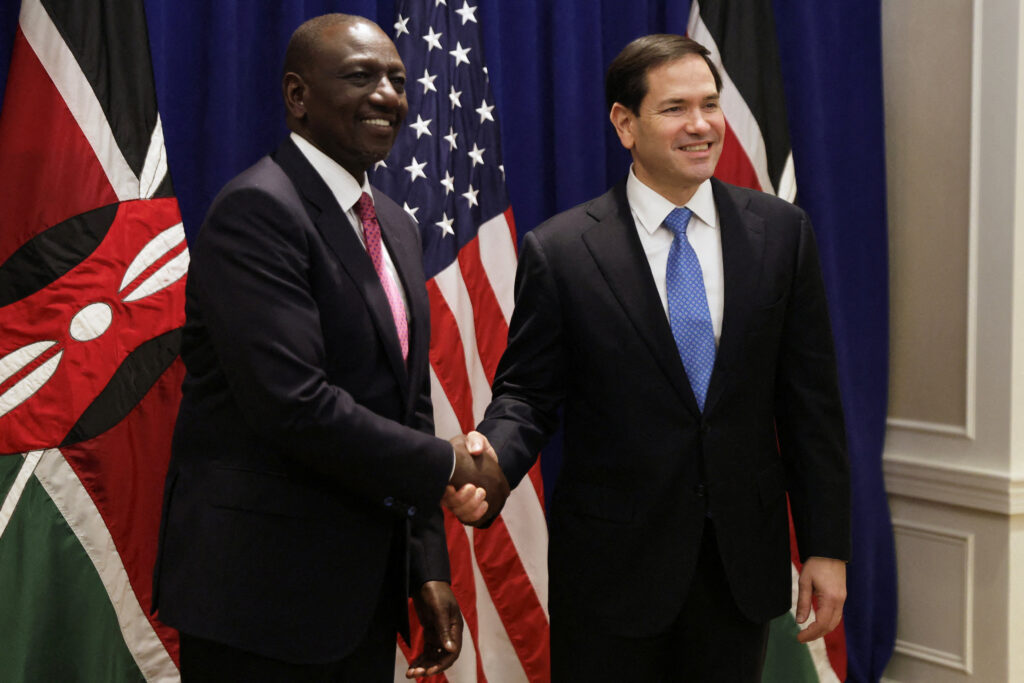
Sudan’s currency lurched to fresh lows on the parallel market this week, with the dollar changing hands at up to 2,850 Sudanese pounds and traders warning it could breach the symbolic 3,000-pound threshold within days.
Importers forced to source hard currency outside the banking system said Thursday’s quotes for the greenback ranged between 2,830 and 2,850 pounds, compared with roughly 560 pounds before war erupted between General al-Burhan’s army (SAF) and Rapid Support Forces (RSF) in April 2023.
Other major currencies followed suit: dealers cited prices of about 760 pounds for the Saudi riyal, 776 for the Emirati dirham, 3,352 for the euro, 8,351 for the British pound and more than 57 for the Egyptian pound.
Bankers blame an acute shortage of foreign-exchange inflows and heavy withdrawals of local deposits for paralyzing the formal market, leaving lenders unable to finance critical imports of wheat, fuel and medicine.
“Demand keeps climbing but supply has virtually vanished,” said one Khartoum-based trader now operating from Port Sudan. “As long as the war grinds on, the pound will keep sinking.”
Economists say the junta’s mounting war costs, shuttered factories and collapsing tax collection have stripped the treasury of revenue, while inflation—already triple-digit—continues to erode household purchasing power.
“The exchange rate won’t stabilize until there’s a ceasefire and production resumes,” economist Yassin Babiker told a local radio station. “Ordinary citizens are bearing the full brunt through soaring food and transport prices.”
Since fighting broke out on 15 April 2023, the pound’s black-market value has plummeted more than 80 percent, intensifying a liquidity squeeze that has left many Sudanese unable to meet basic daily needs.




